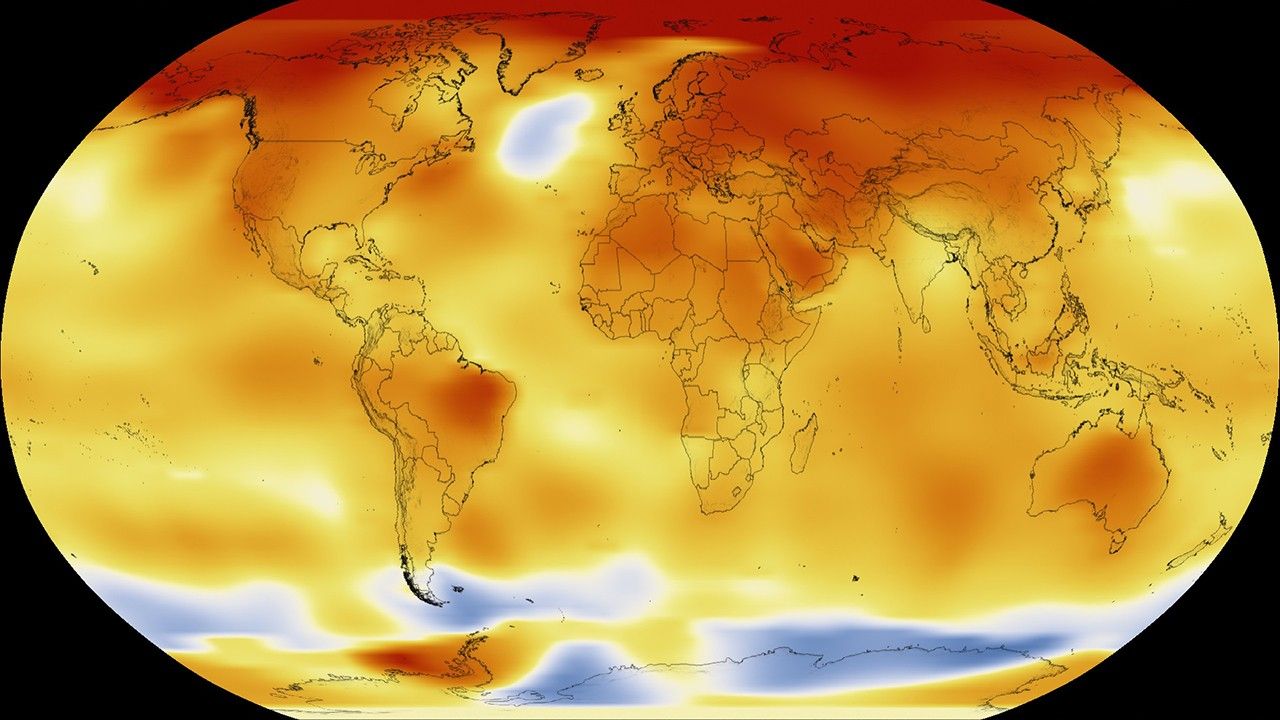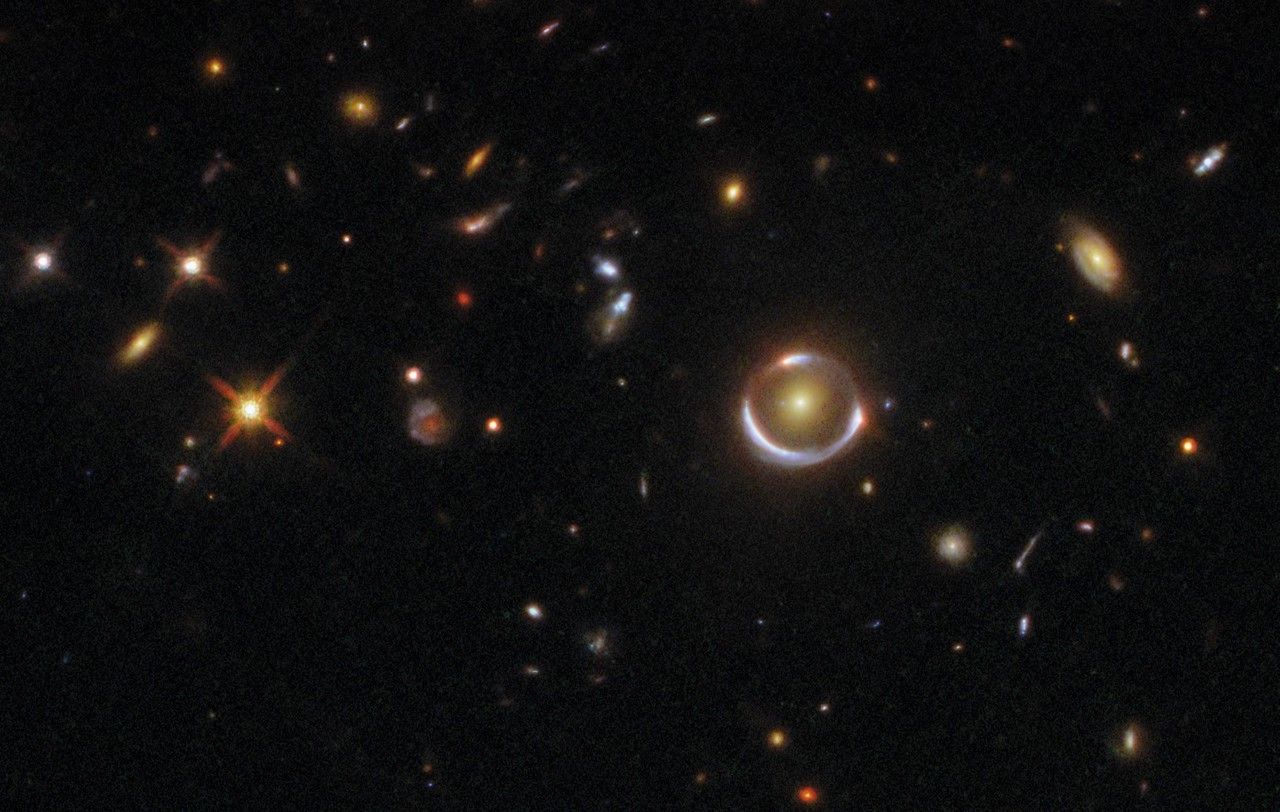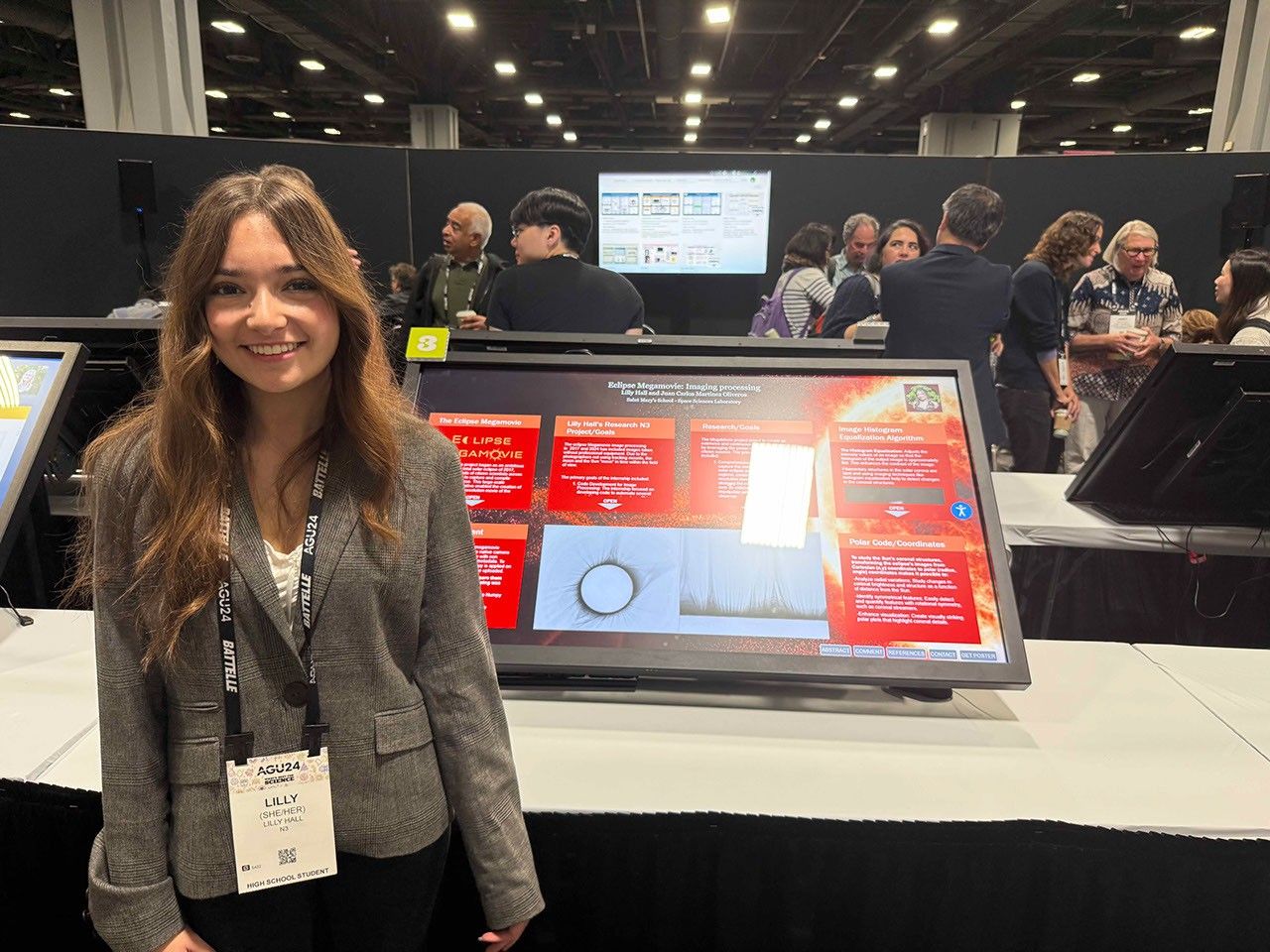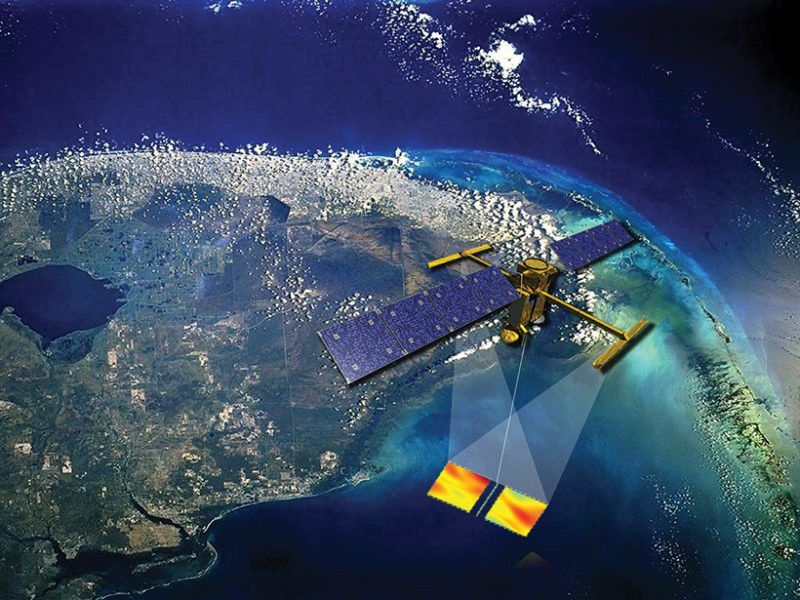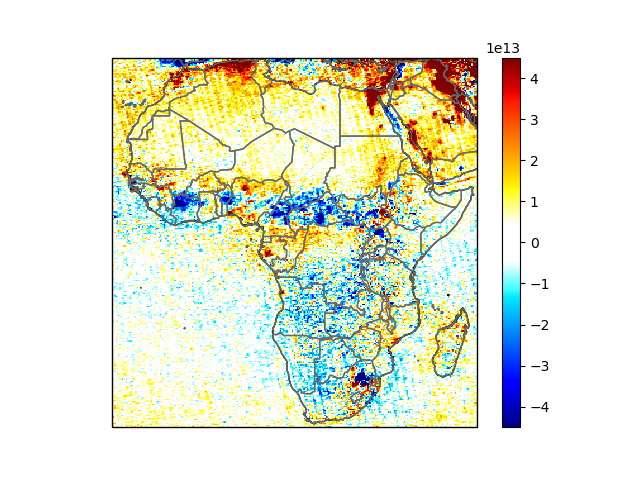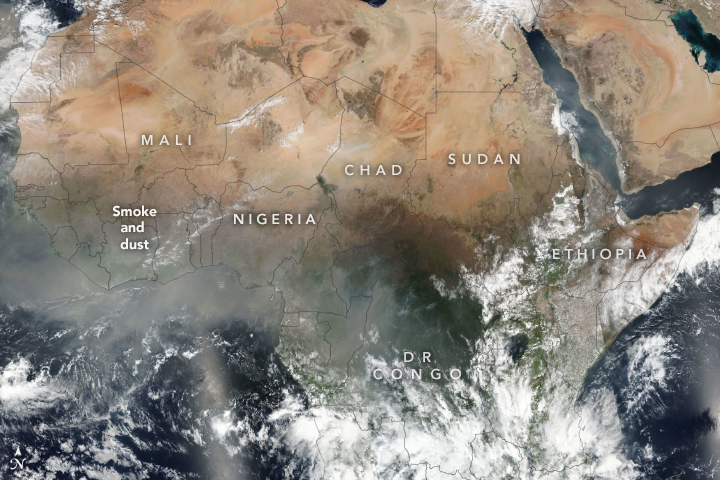NASA researchers have found a small but unexpected decrease in air pollution over some parts of Africa despite growing use of fossil fuels in many countries due to development and economic growth. However, they note the findings were evident only during the dry season over areas where a reduction in grassland fires occurred, which likely will not be enough to offset growing human-caused air pollution in the long term.
Researchers from NASA’s Goddard Institute of Space Studies (GISS) in New York City analyzed satellite observations of the air pollutant nitrogen dioxide (NO2), a gas that causes respiratory illnesses in humans and can increase the formation close to Earth’s surface of other pollutants like particulate matter and ozone, which are also harmful to human health. They found that over the northern grassland region of sub-Saharan Africa during the dry season (November through February) NO2 dropped by 4.5%, about a 0.35% annual decline on average.
Though the decrease was small, it was unexpected, as higher fossil fuel consumption was expected to result in increased pollution levels.
The scientists attribute this small but unexpected air quality improvement to the fact that a decrease in burning grasslands from wildfires and controlled burns offset the increased burning of fossil fuels during the four months of the dry season. The total area of savanna burned in sub-Sahara Africa is getting smaller each year, as woodlands and grasslands are converted to agricultural land and more densely populated towns and villages.
Researcher Jonathan Hickman, a senior postdoctoral fellow at GISS, cautions that this positive trend may continue only to a point. Eventually, there may be a net worsening of air quality as the pollution resulting from the amount of fossil fuels burned surpasses what the decline in natural wildfires during the dry season can offset.
In addition, the study found air quality only improved during the dry season, when the decline in wildfires was more apparent; pollution increased somewhat during the rainy season, but not enough to cancel out the decreases during the dry season.
Results from Hickman and his research team at GISS were published Feb. 8 in the journal Proceedings of the National Academy of Sciences.
The GISS team analyzed measurements of NO2 from the Dutch-Finnish Ozone Monitoring Instrument (OMI) aboard NASA’s Aura satellite. In addition to monitoring stratospheric ozone, OMI also measures harmful air pollutants like NO2, SO2 and formaldehyde in the atmosphere. NO2 is primarily released as a byproduct of burning fossil fuels for electricity or in automobiles, from burning of vegetation like grasslands or crops and by soil microbes.
By Sofie Bates
NASA’s Goddard Space Flight Center, Greenbelt, Md.








